Japan is a paradise for fruit lovers. From the crisp, juicy pome fruits to sweet summer melons, the country offers a dazzling array of flavours. Some are familiar to Western palates, others are uniquely Japanese. There’s a stereotype that fruit in Japan is outrageously expensive. The truth is that regular supermarket offerings are reasonably priced. Luxury fruits, however, can fetch astronomical sums, such as melons priced over ¥10,000 in department stores.
Fruit culture in Japan extends beyond supermarket shelves. Fruit picking is a beloved activity, especially during peak seasons, and many fruits are enjoyed as desserts after a meal. Here’s a guide to the must-try fruits in Japan, along with the best seasons to taste them.
Also read: Where to Find the Best Jeans in Japan: Must-Go Stores When You Visit
Citrus fruits: A burst of Japanese sunshine
Mikan (mandarin orange)
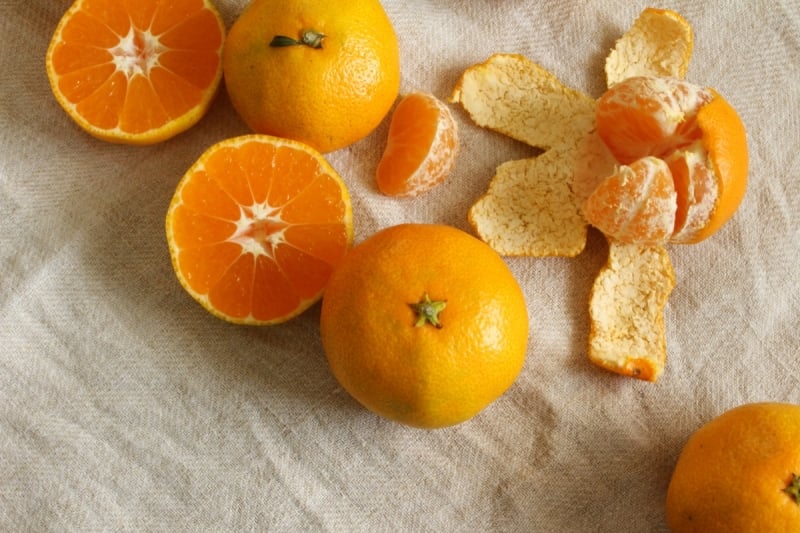
Image credit: c11yg via Canva Pro
Easy to peel, seedless, and incredibly sweet, mikan are beloved across the country, especially as a winter snack. Their thin skin makes them perfect for eating on the go or while curling up indoors during colder months. Many households keep a box of mikan in winter. A nostalgic symbol of family gatherings.
Best season to enjoy: Early winter
Kinkan (kumquat)

Image credit: ksena32 via Canva Pro
These tiny citrus fruits are eaten whole, skin and all. The peel is surprisingly sweet, balancing the slight tartness of the flesh. Kinkan are often simmered in syrup to make a soothing winter treat or turned into marmalade and liqueurs for a fragrant punch.
Best season to enjoy: Winter
Sudachi
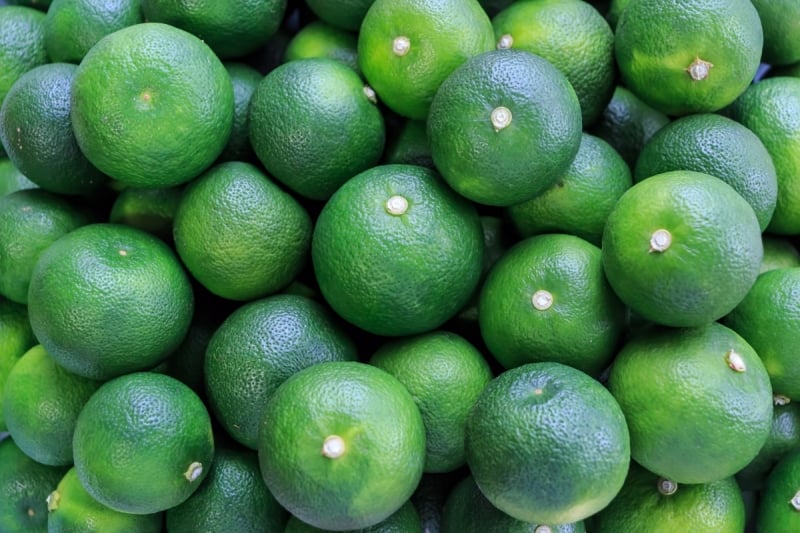
Image credit: contrail1 via Canva Pro
Small, vibrant green, and wonderfully aromatic, sudachi is prized for its sharp acidity. It’s rarely eaten as a fruit; instead, a squeeze of its juice instantly brightens grilled fish, soba, or hotpot. Its refreshing tartness is the taste of cooler months in many Japanese kitchens.
Best season to enjoy: Winter
Yuzu
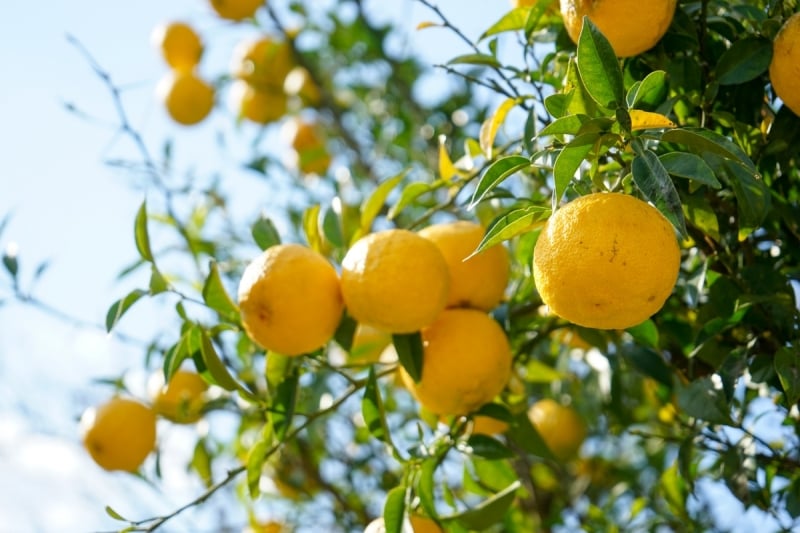
Image credit: maroke via Canva Pro
One of Japan’s most iconic citrus fruits, yuzu is renowned for its floral, almost perfume-like aroma. Though too sour to eat on its own, its zest and juice elevate sauces, dressings, sweets, and even cocktails. In winter, yuzu baths, where whole fruits float in hot water, are a cherished tradition believed to ward off colds.
Best season to enjoy: Winter
Pome fruits: Crisp and refreshing
Nashi (Japanese pear)
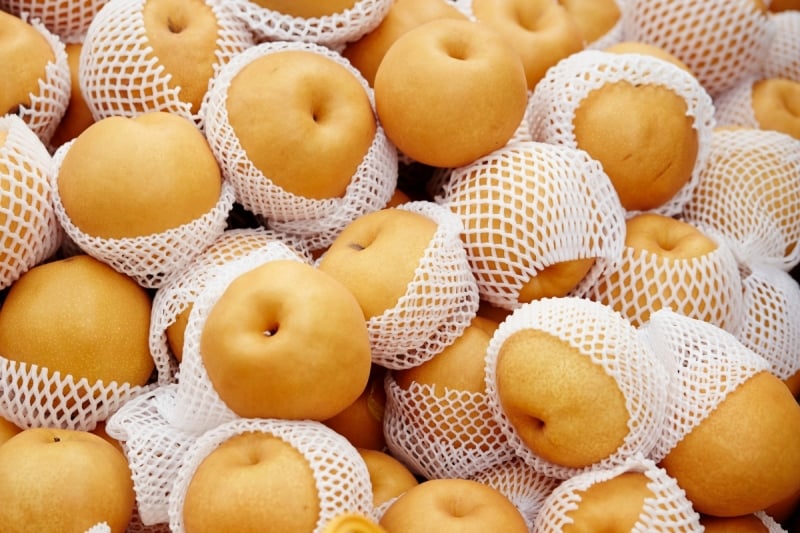
Image credit: ma-no via Canva Pro
Round, crisp, and exceptionally juicy, nashi offer a refreshing sweetness that sets them apart from Western pears. Their high water content makes them a favourite summer refreshment, often served chilled and peeled.
Best season to enjoy: Late summer and autumn
Kaki (Japanese persimmon)
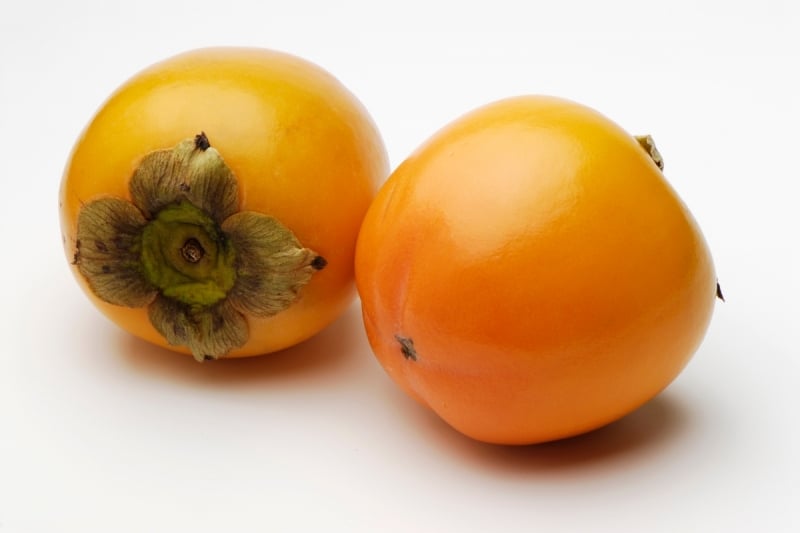
Image credit: jorge-imstock via Canva Pro
Kaki come in two main types: sweet (fuyu) and astringent (hachiya), each offering different textures. Sweet varieties can be eaten like apples, while astringent ones are best enjoyed once fully softened. Dried persimmons, called hoshigaki, develop a rich, honey-like flavour and are a nostalgic seasonal snack.
Best season to enjoy: Late autumn and winter
Ringo (Apple)
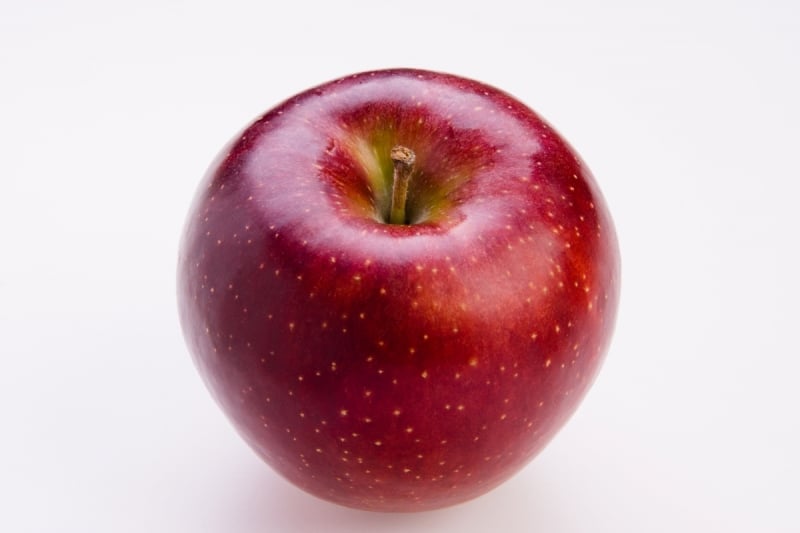
Image credit: Promo_Link via Canva Pro
Japan produces some of the world’s most immaculate apples, with the Fuji variety being the star. Large, crisp, and incredibly fragrant, they’re often peeled before eating and frequently given as gifts. Japan also grows rare varieties like the Golden Russet and Orin, prized by fruit enthusiasts.
Best season to enjoy: Autumn
Stone fruits: Sweet summer staples
Momo (Peach)

Image credit: Promo_Link via Canva Pro
Japanese peaches are soft, creamy, and intensely fragrant, with delicate white flesh that almost melts in your mouth. They’re usually peeled to reveal their silky sweetness, and high-end varieties like Okayama’s white peaches are treasured summer gifts.
Best season to enjoy: Summer
Sakuranbo (Cherry)
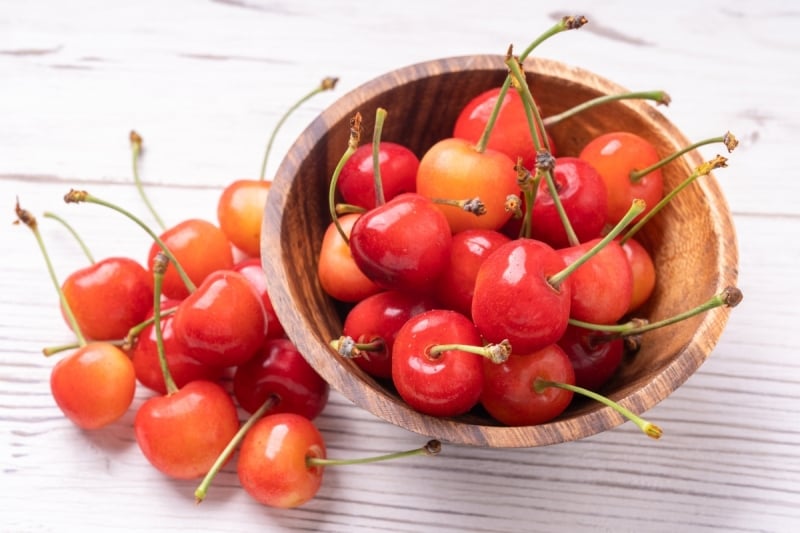
Image credit: Promo_Link via Canva Pro
Japan’s cherries are small, glossy, and beautifully sweet. The prized Satonishiki variety from Yamagata is the crown jewel of cherry season, often sold in stunning display boxes. Fresh cherries are enjoyed simply as they are. The perfect summer indulgence.
Best season to enjoy: Mid-summer
Ume (Japanese plum)
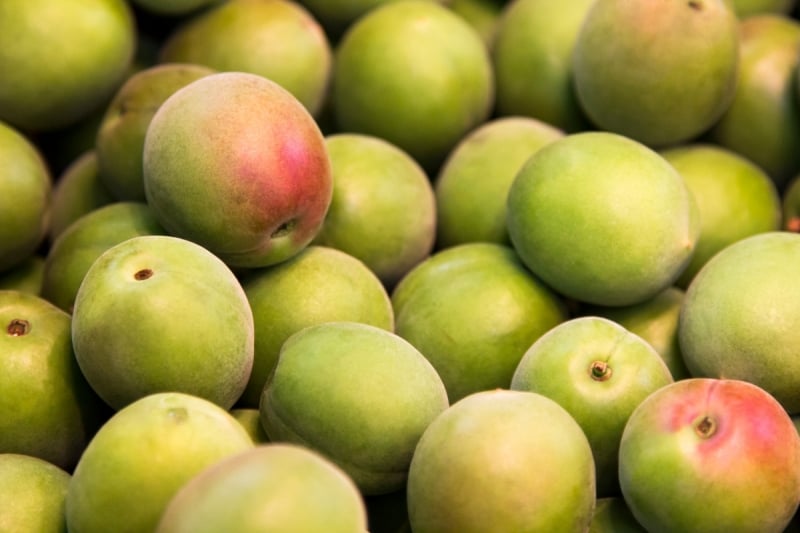
Image credit: Jonathan Austin Daniels via Canva Pro
Firm and sour, ume are rarely eaten fresh. Instead, they shine in Japanese cuisine: umeboshi (pickled plums) are salty, mouth-puckering staples of traditional meals, while umeshu (plum liqueur) is a sweet, aromatic drink enjoyed year-round.
Best season to enjoy: Early summer
Berries and grapes: Sweet treats
Ichigo (strawberry)

Image credit: Aflo Images via Canva Pro
Japan’s strawberries are renowned for their flawless appearance, incredible sweetness, and tender texture. Premium varieties: Amaou, Tochiotome, and Shizuoka’s Crown Melon brand strawberries often appear in luxury fruit boutiques. They feature heavily in cakes, parfaits, and the classic ichigo daifuku (strawberry mochi).
Best season to enjoy: Late winter to early spring
Budo (grape)
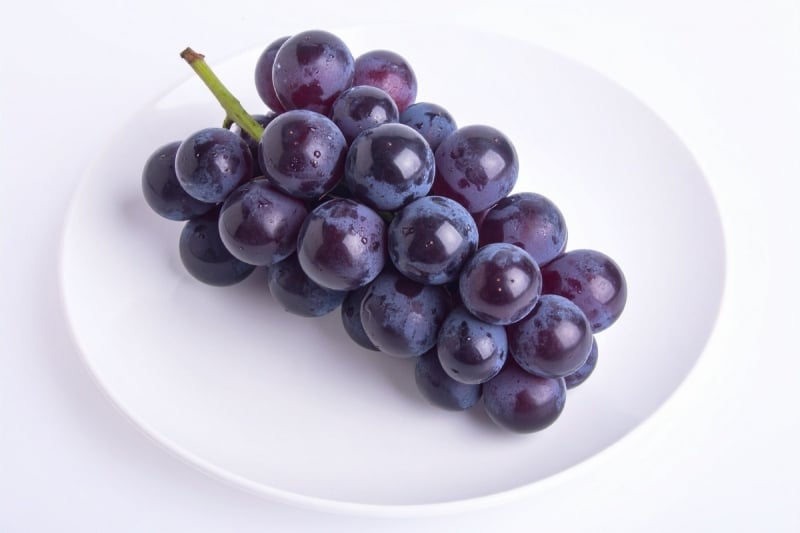
Image credit: Truecreatives via Canva Pro
Japanese grapes are large, bursting with juice, and often peeled due to their thick, slightly bitter skins. Popular varieties include Kyoho and Shine Muscat, the latter known for its muscat fragrance and ability to be eaten whole. Grapes are eaten fresh, used in jellies, or transformed into subtly sweet Japanese wines.
Best season to enjoy: Late summer to early autumn
Melons and watermelons: Summer luxuries
Melon
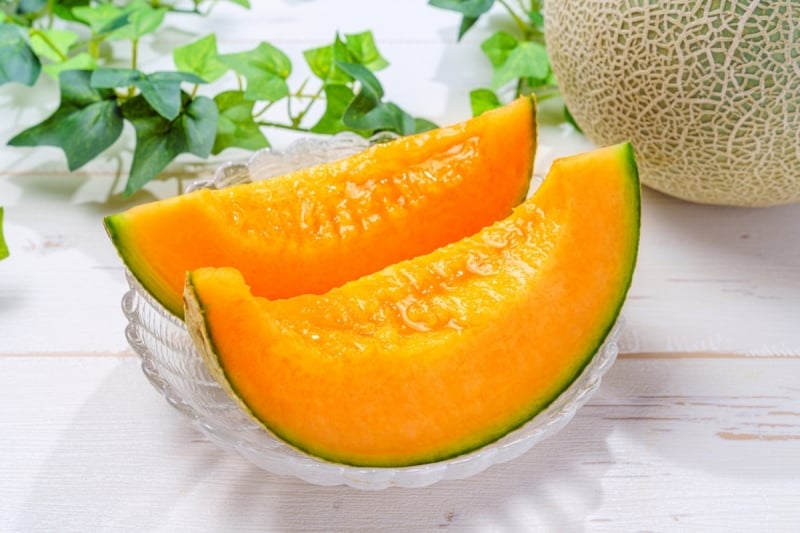
Image credit: Aflo Images via Canva Pro
Japanese melons are the epitome of fruit luxury. From expertly cultivated muskmelons to the famous Yubari King melons, they’re known for their silky texture and concentrated sweetness. While premium melons can cost a fortune, many affordable varieties are equally refreshing and commonly served as dessert.
Best season to enjoy: Late spring and summer
Suika (watermelon)

Image credit: Yusuke Ide via Canva Pro
Crunchy, juicy, and deeply hydrating, suika is synonymous with Japanese summer. Families love carving into chilled watermelon on hot days, and the traditional game suika-wari (blindfolded watermelon smashing) remains a favourite summer pastime.
Best season to enjoy: Summer
Other notable fruits
Kiwi

Image credit: Aflo Images via Canva Pro
Kiwi has been grown in Japan since the 1960s, with domestic varieties now widely available. Their tangy sweetness works beautifully in fruit salads, yoghurt bowls, and desserts. Yellow kiwis, which are sweeter and less acidic, are particularly popular.
Best season to enjoy: Late winter to early spring
Ichijiku (fig)
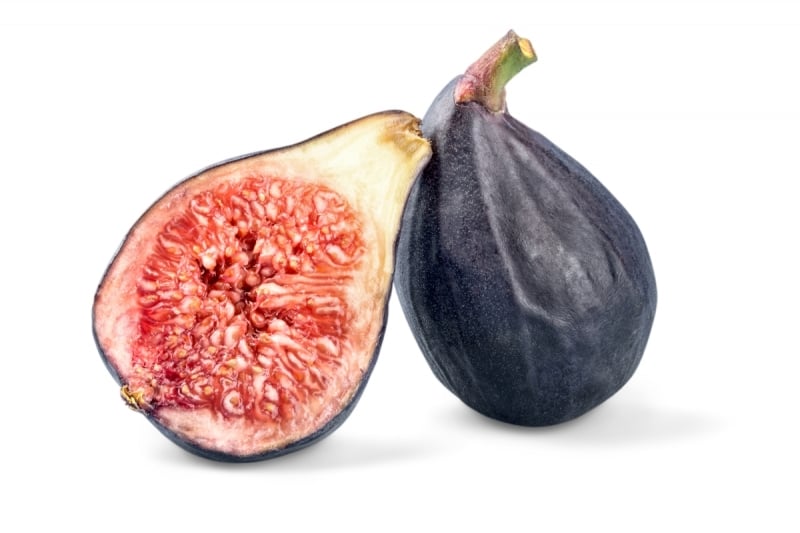
Image credit: billionphotos via Canva Pro
Soft, subtly sweet, and packed with tiny seeds, ichijiku arrived in Japan in the 17th century. They can be eaten fresh, cooked into jams, or dried into chewy snacks. Figs also appear in upscale desserts, where their mellow sweetness pairs well with cheese and honey.
Best season to enjoy: Late summer to early autumn
Also read: Why You Should Visit Ine, Japan: A Hidden Gem in Japan
Final thoughts
Whether you’re wandering bustling city markets, savouring a perfectly ripe fruit after a traditional meal, or picking strawberries straight from the farm, Japan’s fruits are a delight for all the senses. Each season brings its own treasures, from juicy summer peaches to fragrant winter yuzu, making it worth planning your trip around these natural, edible highlights. So, pack your appetite and your camera. Japan’s fruit culture is as picturesque as it is delicious.




